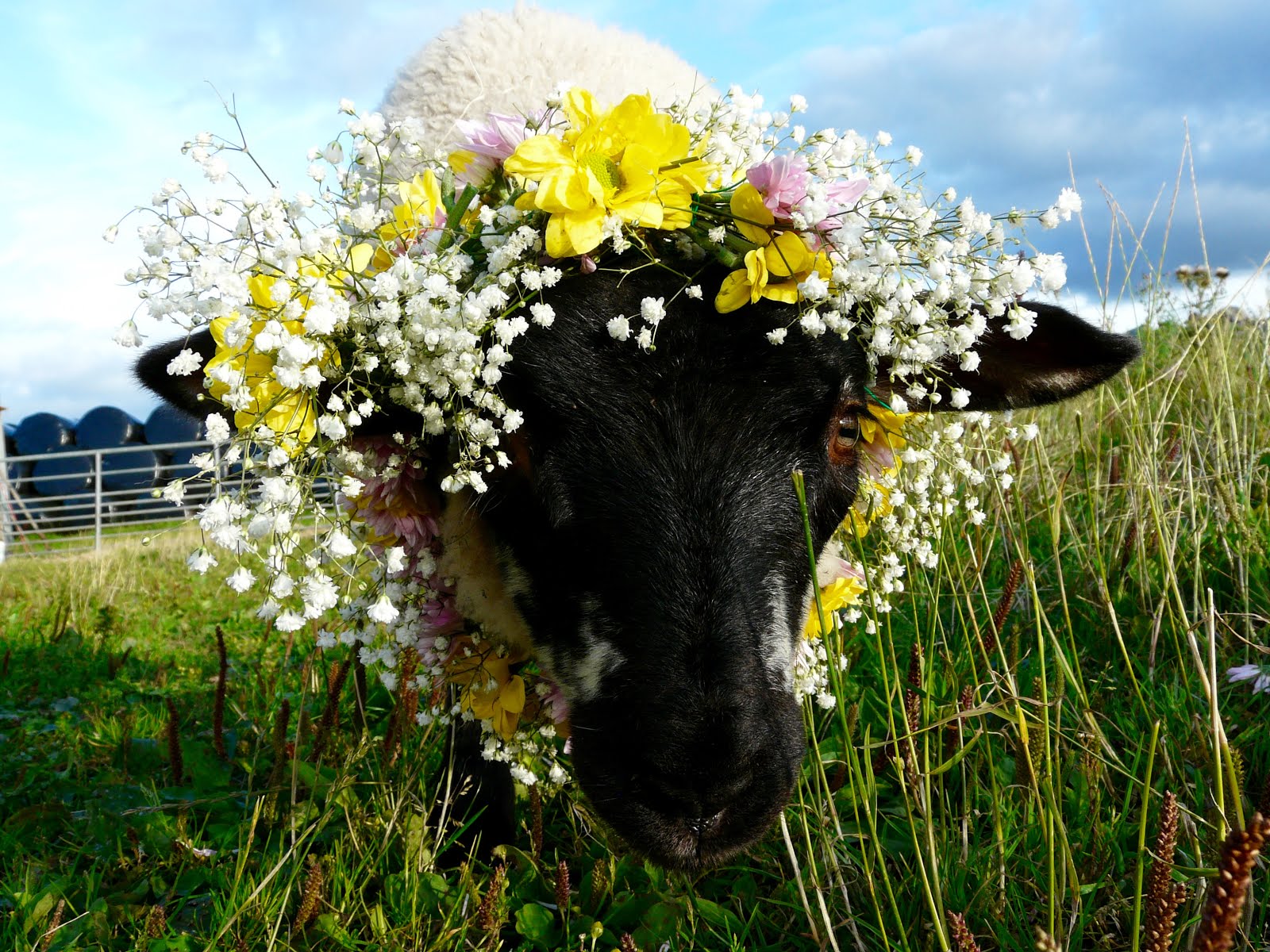Some breads of sheep have horns. There are breads where just the rams have horns and others where the ram and ewe have them. The sheep's horns will grow throughout their life with most growth during the first three years of their life. The horn has blood flowing through it and will bleed alot if cut. The sheep's horns curl and spiral. Partial horns are called scurs. Many are of the opinon that the horns give more beauty to the sheep. You must be extra careful when dealing with horned sheep. A puck from a horned sheep can do more damage than a polled headed sheep. Don't bend over when feeding or maintaining the horned sheep, even the quiet sheep are capable of an unpredicted attack. There must be care and maintenance done with the horns of the sheep. The horned sheep can get themselves into trouble by getting their horns stuck in fences, feeders and trees. This can be distressing for the sheep if caught too long. It can put their lives at risk from
